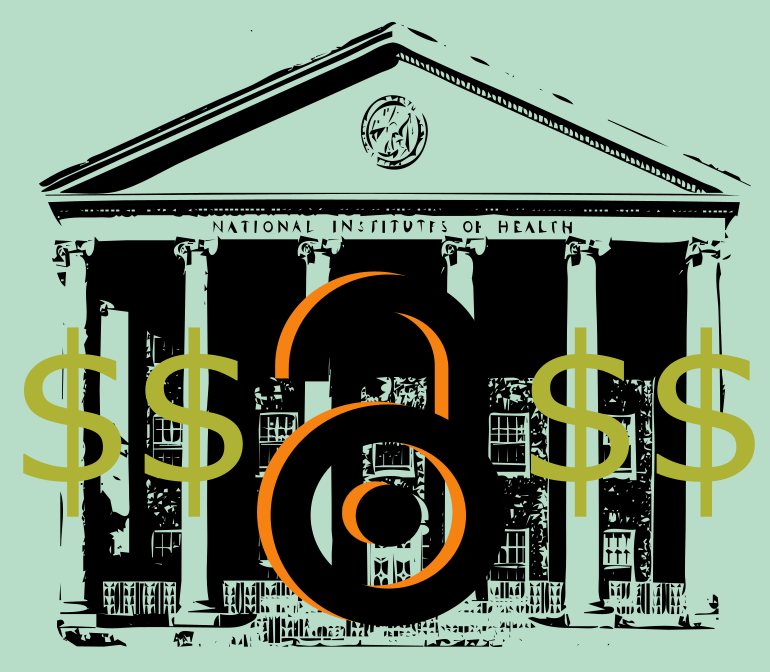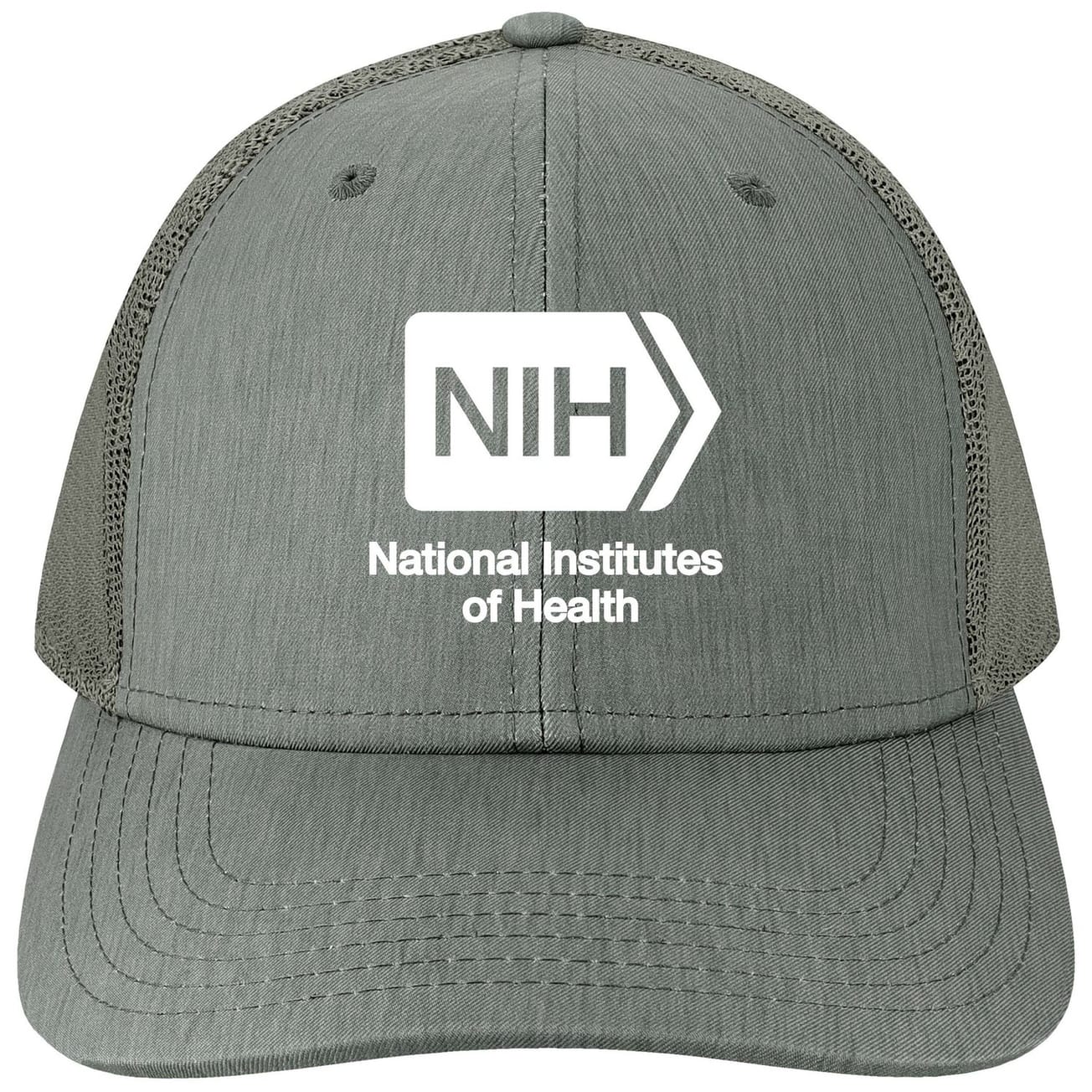Recently, the National Institutes of Health (NIH) announced it will cap the amount of direct funding support that researchers can spend on paying for article processing charges, or APCs. These fees are increasingly used by publishers for their revenue streams and makes researcher contributed articles available to read for free via "gold" open access. The primary motivation of the cap appears to be to lower costs, with the NIH press release referring indirectly to Springer Nature's "excessive" $13,000 APC for Nature and the double-dipping some publishers engage with at NIH through subscription fees. From my experience talking with stakeholders in the US, the NIH and other funders previously declined to support such caps due to the high potential for unintended economic consequences. Funders that previously experimented with APC caps have since moved to other models altogether. Unintended economic consequences may backfire on the intent of the new policy.
I, like NIH Director Dr. Bhattacharya, do not support using exorbitant APCs to make scholarship publicly accessible. I believe the most appropriate open access models for scholarly publications are through green and diamond open access routes and via the Federal Purpose License for federally funded research. Researchers should deposit their works in an agency-designated public access repository (such as PubMed Central) or pre-print archive (such as bioRxiv) for free, funders should support institutional publications and these archives, and the US federal government should assert its Federal Purpose License using terms and conditions in its award contracts, especially under 2 CFR 200.315. Those are the most equitable routes for making research openly and freely available without delay, especially taxpayer supported research.
However, despite my advocacy for more equitable models of open access than paying to publish via APCs, I actually have concerns that the NIH APC cap will backfire. Here are a few ways this policy could backfire based on worries I share with others in the community:
1) The ceiling may collapse into the floor. Caps may establish a floor-effect whereby lower-cost journals will just move to the cap since the incentive to have lower fees has been artificially manipulated by reducing market competition. This was the primary reason caps were not introduced by NIH, or other federal agencies, in the past. Let's say the NIH chose to pick the median APC, currently somewhere around $3000. A journal currently charging $500 for an APC may be incentivized to move to $3000 since the cap compresses their competition from the top.
2) Quality control may suffer. Publishers may cut corners and drive-up acceptance rates to maximize revenues, similar to the concerns raised by James Butcher in his newsletter. This could lead to the publication of more low-quality articles and exacerbate the issue of the perverse incentives of the prestige market that I wrote about in Drinking from the Firehose.
3) It may create a new Matthew Effect. Costly prestige journals will likely continue to remain expensive, and the caps may disincentivize early-career researchers from publishing in costly prestige journals as they won't be able to cover the difference between the cap and the APC. Well-resourced researchers, some with deep pockets, will benefit by having their work more easily concentrated into prestige journals. There is already a near-pareto effect operating within scholarly publishing where the prestige journals have an outside impact given their relatively small footprint – APC caps could further concentrate.
4) Caps are static, the economy is dynamic. Unless caps are fixed to reasonable market indicators – such as inflation or a more specific publishing industry economic index – then any cap set now will likely depreciate in value as costs continue to rise in the industry. In the not so distance future, static caps will be effectively obsolete and unsustainable.
5) Federated policies are inefficient. By acting on caps without coordinating with other federal agencies, the NIH is adding confusion to an already complicated system. Previous public access policies were developed in concert with NSF, NASA, DOE, DOD, IMLS, and other agencies so that the government could act with one voice and minimize burden of having different funding rules for different agencies. That's the spirit behind the OMB grant guidance in 2 CFR 200 and the OSTP public access memos.
6) Where is the evidence? Evidence-based policymaking should be the default for any federal agency, but especially for a science-based agency like the NIH. I learned recently from a colleague at Canada's Tri-Agencies that they allegedly had a cap on APCs. The NIH should engage in a consultation with our neighbor to the North to hear about their experience and why they removed the cap, even as they prepare to align their open access policies with the United States and Europe. Perhaps there are lessons learned from the Canadian experience with APC caps that would inform a more evidence-based policy for NIH.
7) The checkbook will still balance out. Publishers and universities may become more incentivized to enter into big deals and transformative agreements that have been criticized for many reasons, including market concentration and decreased competition. Or, universities may end up subsidizing the difference between the NIH cap and the APCs; having no effect on the publishers whatsoever. In part, universities may fund these modes using revenues from indirect support, which does not change the overall accounting from the NIH perspective.
The NIH announcement came shortly after the "accelerated" effective date for implementation of the new public access policy requiring immediate public access to taxpayer-funded research supported by NIH grants. It also comes at a time when HHS is proposing to add additional layers of bureaucracy and inefficiency to the National Library of Medicine – the institutional home of public access implementation at NIH – by restructuring it under another institute and cutting its budget. The NIH has not yet been clear how the APC cap would work given their rapidly changing infrastructural and policy landscape – none of the details are clear in any announcement. We don't know what the cap will be, we don't know what the timeline will look like, and we don't know how the cap will be enforced. We do know that NIH Director Jay Bhattacharya has criticized publishers and the broad scientific community that he feels were locked in a conspiracy to advance specific scientific narratives that may not conform to his own views. I encourage NIH to develop a policy that is informed by evidence and carefully considers proceeding in a manner that seeks public comment and considers a range of fail-safes and alternatives.
Speaking of alternatives, there are other ways that the NIH could stoke the fires of scholarly communication reform. For instance, if the goal of the APC cap is to punish the publishers – and it is my opinion that that should not be the goal of any funder – the NIH could probably do more damage by drawing attention to, or joining, the anti-trust concerns facing big publishers or possibly by instituting a policy that promotes "America First" by disallowing direct expenditure from grants to foreign-held publishers. If the goal is genuinely to lower costs, then the agency could direct that a portion of each grant be used to support institutional repositories and diamond open access journals. Another policy option would be to allow for peer-reviewed pre-prints of NIH-funded manuscripts (for instance via MetaROR or PREreview) to count as public access compliance. The latter would accelerate the dissemination of findings and promote broader transparency into manuscript revision processes. Minimally, the NIH should recognize in its policies that the incentive structure in the academy is what ultimately drives researcher publication behavior.
Finally, probably the most cost-effective action that would be the most transparent and aligned with the mission of the NIH would be to make significant modernization investments into the Library of Medicine and the public access infrastructure it houses. For example, NIH could expand its repository database capacity and interoperability, increase staffing and add greater automation to support researchers in depositing works, and modernize aging systems that support critical data resources like dbGaP.
However unlikely it is that the NIH would choose to change course now with APC caps, for future steps, a more coordinated effort for reform of scholarly publishing across all funding agencies would be a more appropriate, more efficient, and more effective approach than the unilateral moves NIH has been taking. Once the new policy takes effect, the NIH should establish performance metrics to track the implications of the new policy. This would provide valuable data for iteratively improving evidence-based policymaking for public access.
References
- NIH to Establish New Policies for Allowable Publication Costs | National Institutes of Health (NIH). (2025, July 8). https://www.nih.gov/about-nih/nih-director/statements/nih-establish-new-policies-allowable-publication-costs
- Marcum, C. S. (2024, August 27). Drinking from the Firehose? Write More and Publish Less. Upstream. https://doi.org/10.54900/r8zwg-62003
Copyright © 2025 Christopher Steven Marcum. Distributed under the terms of the Creative Commons Attribution 4.0 License.







